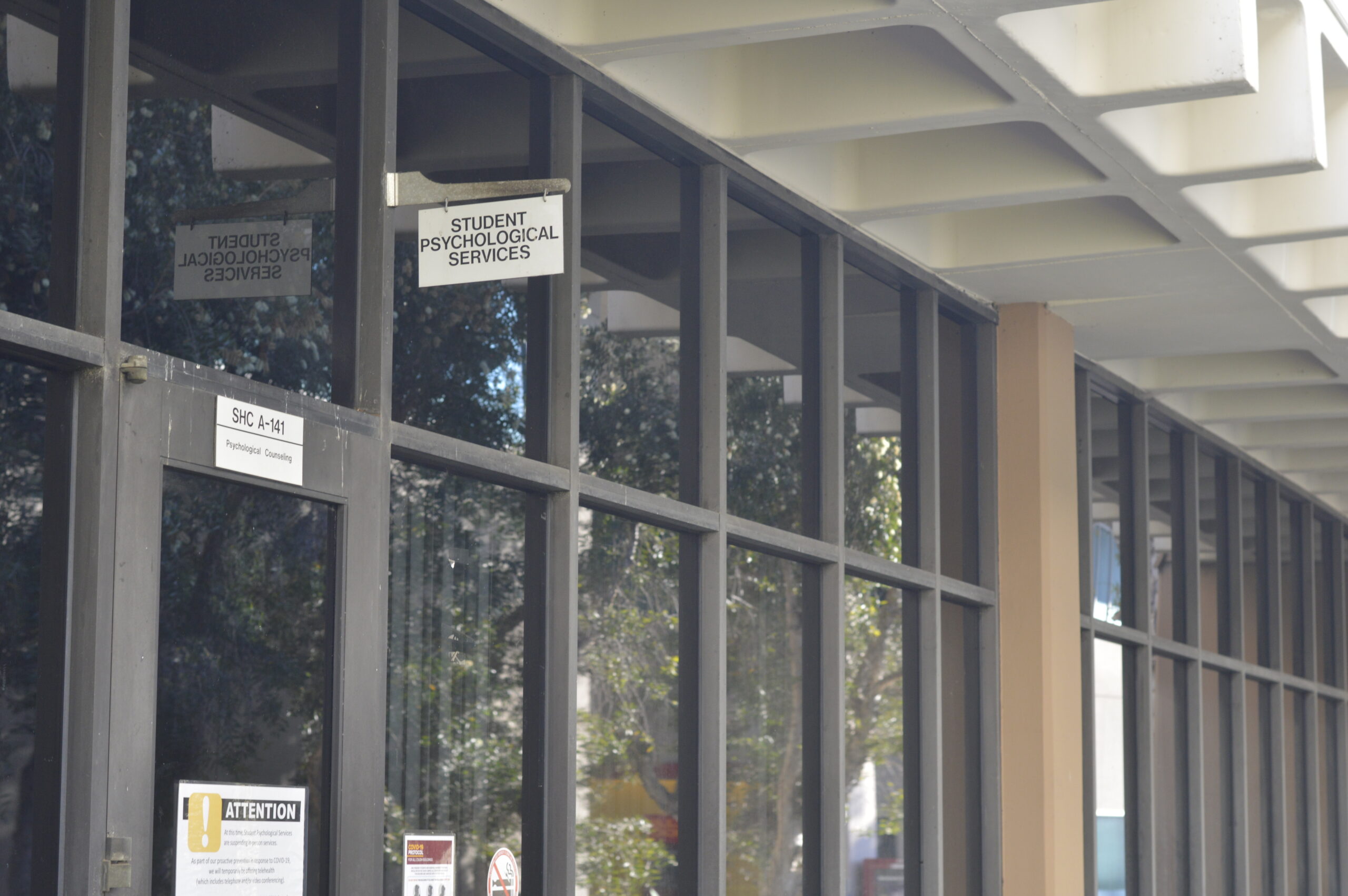California State University officials are scrambling to come up with ways to increase four-year graduation rates systemwide.
The move comes as Gov. Jerry Brown threatens to cut funding if state universities don’t do more to improve timely graduation rates by 2025.
The CSU is the nation’s largest university system with 23 campuses and roughly half a million students.
Brown’s goal is to improve the four-year graduation rate to 40 percent from 19 percent. At Cal State Dominguez Hills, the four-year graduation rate is 6 percent, among the lowest in the system.
Nationwide, the four-year completion rate is 34 percent.
While CSU statistics seem abysmal at first glance, the truth is that the four-year rates do not indicate the total overall graduation rate or the effectiveness of the university.
The CSU argues that it’s near half-million student population skews older, with a larger percentage of working adults with other priorities and many students only attending part-time.
It claims that because of this, its six-year graduation rate, at 54 percent, is more reflective of student progress. And that rate is nearly on par with the national six-year graduation rate: 60 percent.
The governor signed two bills last month, making several reforms to fast-track students on their path to education.
The bills include priority registration for low-income and first-generation students taking 15 or more units per semester while meeting certain GPA requirements, and a $15 million grant for community colleges to improve partnerships with high schools, community colleges and universities.
There is no word yet on when the new programs will be implemented.
Students graduating faster would benefit the university system and students alike. Universities could enroll more students over time and pump out more degrees. Students also benefit by pocketing the tuition costs for additional semesters and saving on expenses, such as books, parking and fees.
The CSU plans to place a renewed focus on student success by offering more opportunities for academic support and advising, and will implement individualized, campus-specific plans instead of a one-size-fits-all approach. The hope is to target specific student needs at each of its universities.
Some of the ways some CSU campuses are planning to address the issue is by encouraging full-time enrollment, eliminating prerequisites, making it easier to transfer classes from a community college, redesigning major programs, streamlining course plans and increasing offerings for mandatory “bottleneck” classes.
“I don’t think I’ll graduate on time,” said Alana Johnson, a CSUDH chemistry major. “I can’t get some of the classes I need because of the class times, then the ones I can take are full.”
Psychology major Erik Villalobos had a different opinion on class options.
“I’ll definitely be graduating on time,” Villalobos said. “I think getting a class is fairly easy. If you try hard enough, you can get just about anything you want.”
At Dominguez Hills, roughly two-thirds of students are community college transfers and about half are first-generation college students.
In addition, about 80 percent of incoming freshmen are unprepared for college-level English and math or require remedial coursework, and an additional 30 percent only attend part-time, according to campus statistics.
These scenarios increase the time it takes to graduate, contributing to CSUDH’s current 6 percent four-year rate.
In total, the plan is expected to cost the CSU $400 million to $500 million, but would yield 500,000 more graduates by 2025, if successful.
The CSU received $5.2 billion in funding last year and expects to receive $157 million next year. To meet the goals of this new initiative, CSU officials plan to seek an additional $168 million in funding for the 2017-18 academic year.
